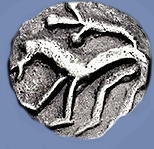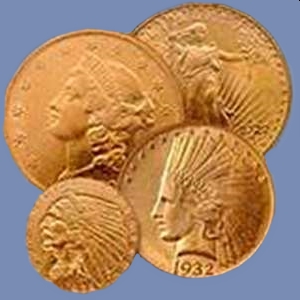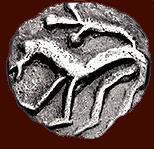








Designed by Nigel G Wilcox






The Paragon Of Metal Detecting
& Archaeology
& Archaeology
Powered By Sispro1
Anglo-Saxon & Viking A.D. - Currency Numismatics,
Penny
For Reference ONLY
Everything For The Detectorist
Penny
Copyright All Rights Reserved by Nigel G Wilcox E-Mail: ngwilcox100@gmail.com
Viking Menu
Viking Anglo-Saxon Menu
Main Coin Menu
Viking Menu
Viking Timeline
Anglo-Saxon Timeline
Penny (Silver)
| Estimated Value 2014 650 |
Siggtryggr (Sihtric SilkBeard) 1035-1060 AD
Size Approx. 20.25 -20.75 mm Weight 1.46g.
RARE VARIANT Siggtryggr (Sihtric Silk Beard) Viking Penny. Silver, 0.74 grams; 16.97 mm. Long Cross and hand Hiberno-Norse issue of circa 1035 - 1060 A.D. Obverse: blundered legend of +SIHTRC REX DIFEL, around a good styled portrait facing left, bust to edge on coin with two pellets in front. Reverse: Blundered mint and moneyer's name, around a long voiled cross with pelleted oval ends, a pellet in each angle; Believed to be a version of the legend for the moneyer: Ndremin at Dublin. Crack through centre, otherwise Very Fine/Good Fine.
In 1012 the Irish King of Leinster decided to rebel against Brian Ború, and hired the aid of Siggtryggr. Siggtryggr, fearing Brian Ború's military might, recruited the aid of Sigurðr Digri. On April 23, 1014, the forces of Brian Ború met those of Siggtryggr. Brian Ború and Sigurðr Digri died in the fight. Siggtryggr survived, and Dublin was untouched by the battle. Thus Siggtryggr ruled in Dublin for many years after, eventually becoming the first king in Ireland to mint his own coins. Siggtryggr eventually became a Christian, and like his father ended his life as a monk in the monastery at Iona. Though the Norse continued to live and rule in Dublin, Limerick, and Waterford, they steadily became more Irish and less connected to Scandinavia.
Despite the best efforts of Siggtryggr, Dublin remained a minor political power. However, Dublin grew steadily in importance as a mercantile center. Dublin was especially well-known for its market in luxury goods, and the profits accruing to the ruler of Dublin from its markets made the town an attractive prize for many rulers. Despite losing its importance as a political power, Dublin continued to maintain its mercenary fleet, hiring the fleet to the Irish, Scots, Welsh, and even Normans, all the way up until the dissolution of the fleet at the time of the Norman Conquest. By 1035, the Viking camp at Waterford had come under Irish control.
In 1012 the Irish King of Leinster decided to rebel against Brian Ború, and hired the aid of Siggtryggr. Siggtryggr, fearing Brian Ború's military might, recruited the aid of Sigurðr Digri. On April 23, 1014, the forces of Brian Ború met those of Siggtryggr. Brian Ború and Sigurðr Digri died in the fight. Siggtryggr survived, and Dublin was untouched by the battle. Thus Siggtryggr ruled in Dublin for many years after, eventually becoming the first king in Ireland to mint his own coins. Siggtryggr eventually became a Christian, and like his father ended his life as a monk in the monastery at Iona. Though the Norse continued to live and rule in Dublin, Limerick, and Waterford, they steadily became more Irish and less connected to Scandinavia.
Despite the best efforts of Siggtryggr, Dublin remained a minor political power. However, Dublin grew steadily in importance as a mercantile center. Dublin was especially well-known for its market in luxury goods, and the profits accruing to the ruler of Dublin from its markets made the town an attractive prize for many rulers. Despite losing its importance as a political power, Dublin continued to maintain its mercenary fleet, hiring the fleet to the Irish, Scots, Welsh, and even Normans, all the way up until the dissolution of the fleet at the time of the Norman Conquest. By 1035, the Viking camp at Waterford had come under Irish control.
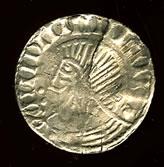
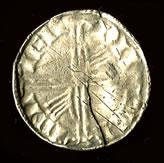
Pages
Main Coin Menu
Viking to Anglo-Saxon Menu
Member NCMD
V. Menu
Information Data

